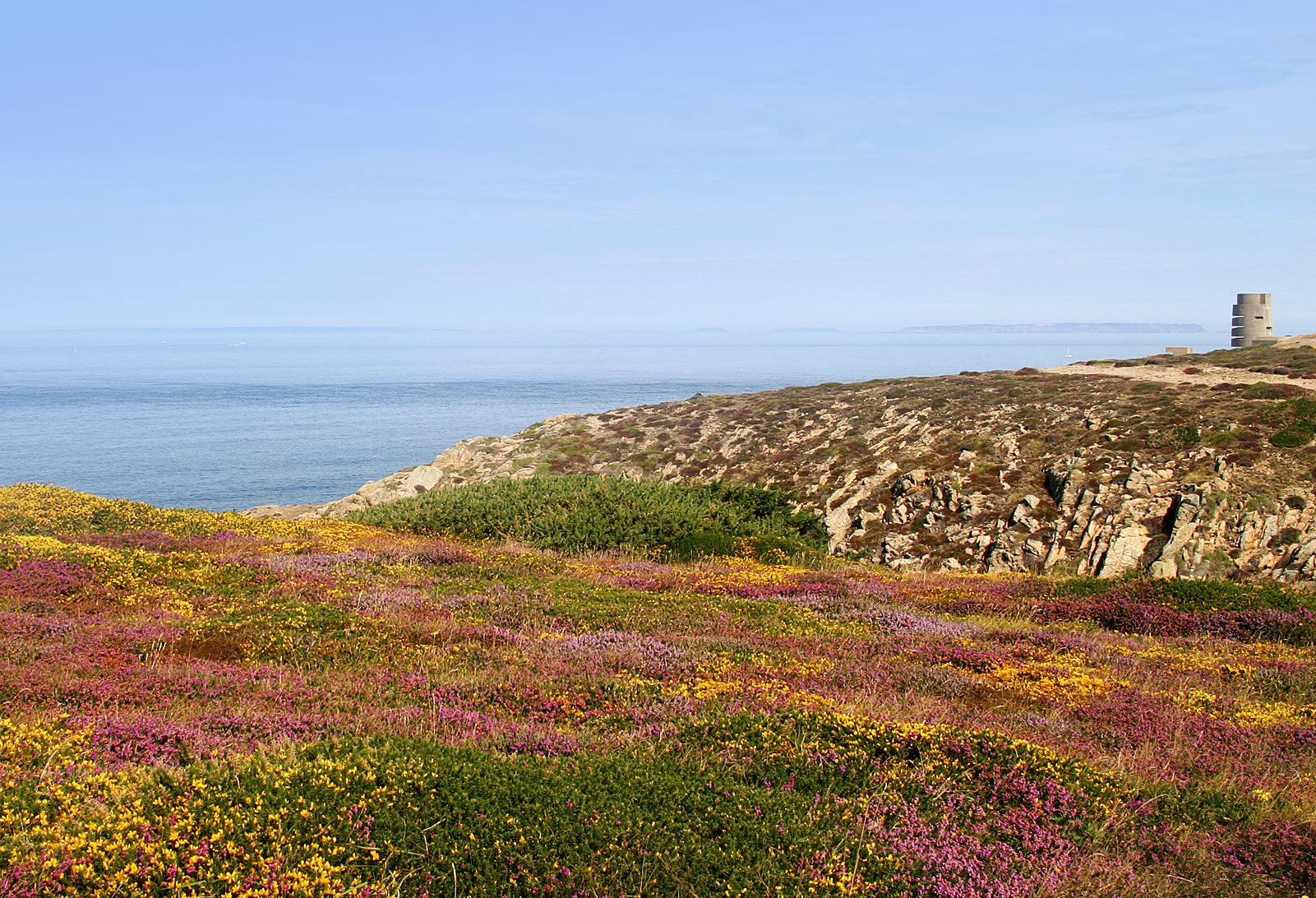 From Rare Bird Alert
From Rare Bird Alert
A new report published this month has highlighted the threat marine plastic pollution poses to seabirds in the north-eastern Atlantic region. Researchers found that, of 34 seabird species investigated, 74% had ingested plastic.
The authors of the new study, from the North Highland College UHI’s Environmental Research Institute, part of the University of the Highland and Islands, and the RSPB Centre for Conservation Science collated data from all known studies reporting instances of plastic ingestion and nest incorporation in seabirds around northern Europe, Scandinavia, Russia, Greenland, Svalbard, the Faroes and Iceland.
Dr Nina O’Hanlon, of Environmental Research Institute, explains: “Marine plastic pollution is an increasing and global environmental issue which poses a major threat to marine biodiversity. The production of plastic continues to rise with millions of tons entering the oceans each year. Seabirds can ingest plastic, become entangled in it or incorporate it into their nests, causing impacts which may have negative consequences on reproduction and survival.”

Dr Alex Bond, RSPB senior conservation scientist, said: “The north-eastern Atlantic Ocean is home to internationally important breeding populations of seabirds and an amazing array of other marine life. Solutions to plastic pollution in the oceans require concerted action at its source on land – 80% of marine litter is thought to come from land – especially by producers and users.
“The properties which make plastics desirable are the very things which make it problematic,” Dr Bond continues. “Due to its low cost, approximately half of all plastic items are produced for single-use. Plastic never breaks down, it only breaks up, into smaller fragments which remain in the environment and, as its density varies, it can be found throughout the water column, increasing the number of species which come into contact with it.”
While the team’s research highlights some concerning statistics, its report concludes that more coordinated, comprehensive and detailed investigations are required on plastic ingestion and nest incorporation to assess the full impact marine plastic is having on seabird populations.
Dr O’Hanlon explains: “In the north-eastern Atlantic Ocean, an area of international importance for seabirds, there has been little effort to better understand how marine plastic affects different seabird species over time and regionally. We actually know very little about the current prevalence of plastic ingestion and nest incorporation for many species, several, like the long-tailed duck and Atlantic puffin, which are globally threatened. Only 49% of the 69 species which are commonly found in the region have been investigated for plastic ingestion. We believe it’s vital to have a multi-jurisdictional, coordinated and collaborative effort to gain a more comprehensive and current understanding of this important issue.”
The group’s research was undertaken as part of Circular Ocean, a project funded by the EU’s Northern Periphery and Arctic Programme, which aims to incentivise the reuse and recycling of marine plastic litter in remote and rural regions.
The full paper Seabirds and marine plastic debris in the northeastern Atlantic: A synthesis and recommendations for monitoring and research can be read here

 From
From 

 From
From 


 Puffins, petrels and pests – saving seabirds across the Atlantic
Puffins, petrels and pests – saving seabirds across the Atlantic In what has become a tradition, each year at around this time Birds On The Edge can unveil the updated list of Channel Islands birds. With kind support from our friends in the very active birding communities in Guernsey, Alderney, Sark and Jersey the list, updated to the end of 2016, can be downloaded
In what has become a tradition, each year at around this time Birds On The Edge can unveil the updated list of Channel Islands birds. With kind support from our friends in the very active birding communities in Guernsey, Alderney, Sark and Jersey the list, updated to the end of 2016, can be downloaded  What has changed since the last list (to the end of 2015)? Well, that is very obvious to anyone looking closely at the species records and stems from the launch last year of the
What has changed since the last list (to the end of 2015)? Well, that is very obvious to anyone looking closely at the species records and stems from the launch last year of the 


 From
From 

 We worry about our puffins. We worry a lot and not without good cause. Our puffins have probably been in trouble since humans and their hangers on, the rats, dogs, cats and ferrets that follow them, first turned up in Jersey. Or walked along the peninsula presumably. And it’s not like the puffins could have been totally casual in their choices of nest sites before arrival of humans – wolves, foxes, stoats and weasels didn’t need us to show them where the seabirds were. Picking places to breed where wolves can’t get to is probably a lot easier than choosing rat-free ones. It’s a surprise that the burrow-nesting puffin even made it this far – nowhere else will they nest where rats are even vaguely close by.
We worry about our puffins. We worry a lot and not without good cause. Our puffins have probably been in trouble since humans and their hangers on, the rats, dogs, cats and ferrets that follow them, first turned up in Jersey. Or walked along the peninsula presumably. And it’s not like the puffins could have been totally casual in their choices of nest sites before arrival of humans – wolves, foxes, stoats and weasels didn’t need us to show them where the seabirds were. Picking places to breed where wolves can’t get to is probably a lot easier than choosing rat-free ones. It’s a surprise that the burrow-nesting puffin even made it this far – nowhere else will they nest where rats are even vaguely close by.


 And what of the threats, do we know more about these? We know that our birds are unlikely to access somewhere to burrow thanks to the attentions of unwanted mammals. But how bad is this and how many of the pesky mammals are there on the cliff tops? Invasive mammals expert Kirsty Swinnerton is planning to find out and think up ways perhaps of getting rid of them. Or at least keeping them safely away from the birds. Local expert, and chough monitor, Keith Pyman has also wondered whether our fulmars, which colonised Jersey in the 1970s, might not be blame-free too. At least in not helping the precarious position of our puffins.
And what of the threats, do we know more about these? We know that our birds are unlikely to access somewhere to burrow thanks to the attentions of unwanted mammals. But how bad is this and how many of the pesky mammals are there on the cliff tops? Invasive mammals expert Kirsty Swinnerton is planning to find out and think up ways perhaps of getting rid of them. Or at least keeping them safely away from the birds. Local expert, and chough monitor, Keith Pyman has also wondered whether our fulmars, which colonised Jersey in the 1970s, might not be blame-free too. At least in not helping the precarious position of our puffins. Fulmars are never normally any threat to nesting puffins but these petrels, who can spit some pretty foul stomach contents at anyone annoying them, probably don’t normally get that close to burrowing puffins. However, here in Jersey, fulmars nest on the ledges and mouths of cracks and crevices – do they block the puffins’ nests? Puffins find it hard enough to approach their Jersey homes anyway (puffins in big grassy colonies simply throw themselves into the ground and run to the burrow) those using small rock crevices find the precision approach difficult without the threat of the spitting fulmar. Keith has noted fulmars in the places where in years past he saw puffins disappearing underground.
Fulmars are never normally any threat to nesting puffins but these petrels, who can spit some pretty foul stomach contents at anyone annoying them, probably don’t normally get that close to burrowing puffins. However, here in Jersey, fulmars nest on the ledges and mouths of cracks and crevices – do they block the puffins’ nests? Puffins find it hard enough to approach their Jersey homes anyway (puffins in big grassy colonies simply throw themselves into the ground and run to the burrow) those using small rock crevices find the precision approach difficult without the threat of the spitting fulmar. Keith has noted fulmars in the places where in years past he saw puffins disappearing underground.


 The UK Government has released a
The UK Government has released a 


 From the
From the 


 From
From  The main theme of
The main theme of  Whinchat, another largely upland species monitored by the UK and Channel Islands
Whinchat, another largely upland species monitored by the UK and Channel Islands 
 Of the 91 species reported on in the most recent RBBP report covering 2014, 71 were assessed by BoCC4. Eight species showed an improvement in status (including woodlark, bearded tit and chough, which joined the Green list), with conservation action to maintain suitable reed beds helping the populations of species such as bittern recover. Five species, common pochard, Slavonian grebe, merlin, dotterel and black redstart moved onto the Red list. The remaining 20 of the 91, not assessed by BoCC4, are those which are not considered to be a regular component of the UK’s avifauna. This may be because they breed only occasionally (e.g. European bee-eater), or indeed have never bred, but from time-to-time visiting individuals exhibit breeding behaviour (e.g. great reed warbler). The RBBP logs such occurrences, as it may be that they represent a precursor to future colonisation, such as the first little egrets that displayed to each other in the early 1990s, before first breeding in 1996 and the subsequent population explosion.
Of the 91 species reported on in the most recent RBBP report covering 2014, 71 were assessed by BoCC4. Eight species showed an improvement in status (including woodlark, bearded tit and chough, which joined the Green list), with conservation action to maintain suitable reed beds helping the populations of species such as bittern recover. Five species, common pochard, Slavonian grebe, merlin, dotterel and black redstart moved onto the Red list. The remaining 20 of the 91, not assessed by BoCC4, are those which are not considered to be a regular component of the UK’s avifauna. This may be because they breed only occasionally (e.g. European bee-eater), or indeed have never bred, but from time-to-time visiting individuals exhibit breeding behaviour (e.g. great reed warbler). The RBBP logs such occurrences, as it may be that they represent a precursor to future colonisation, such as the first little egrets that displayed to each other in the early 1990s, before first breeding in 1996 and the subsequent population explosion.



